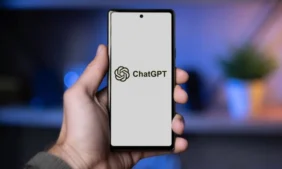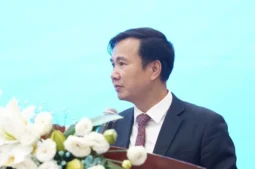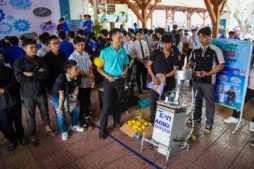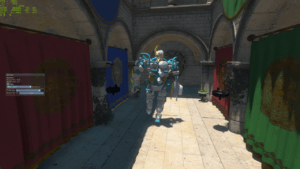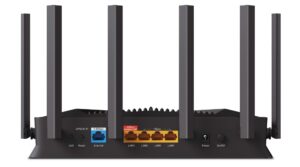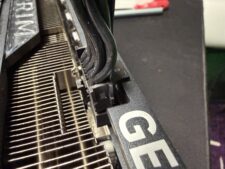Superconductor LK-99 Breakthrough Disproven? New Studies Refute Claims

Is LK-99, the new substance that has taken the scientific community by storm, the world’s first room-temperature superconductor, a regular superconductor or a non-discovery? As more time passes since the release of Sukbae Lee et al.’s original paper, more researchers are trying to synthesize their LK-99 samples and test them for diamagnetism and superconductivity. New studies from groups in Mainland China, Taiwan and India claim that there’s no breakthrough and that the material may not even be diamagnetic.
In summarizing the findings of these three research groups, the University of Maryland’s Condensed Matter Theory Center tweeted, “With a great deal of sadness, we now believe that the game is over. LK99 is NOT a superconductor, not even at room temperatures (or at very low temperatures).”
However, these dispositive studies are far from the final word, particularly since each group made its own LK-99-like substance, which may not have been identical to what Lee et al. created. We also still have studies from other sources who claim they have replicated some of Lee et al.’s claims.
Kapil Kumar et al., a group of scientists from India’s CSIR National Physical Laboratory, released a paper explaining that an LK-99 sample they created in the lab had no evidence of superconductivity at any temperature and was “highly resistive” as well. This result is exactly the opposite of what you’d want to see. The sample was apparently diamagnetic at 280K (6.85 degrees Celsius), but that doesn’t necessarily correlate with LK-99 being a superconductor.
A separate group from National Taiwan University (NTU) ran LK-99 experiments in a live video broadcast on YouTube but failed to show superconductivity. Wang Limin, a professor of physics at NTU, told Liberty Times that on the fifth evening of testing, the material was found to have diamagnetism, but it was not a superconductor. However, he also said that the research continues.
Diamagnetism occurs when both magnetic poles repel a substance. In the last week or so, we’ve seen several videos which show a tiny black substance, claimed to be LK-99, floating above or below a magnetic field. Superconductors exhibit diamagnetism, so these videos imply that the magnetic levitation proves LK-99 to be a superconductor. However, as the Condensed Matter Theory Center pointed out in a tweet, “NO, diamagnetism is NOT interesting, many materials (e.g. Pb, Cu, P going into LK99) are diamagnetic. It is a run-of-the-mill property.”
Meanwhile, Kaizhen Guo et al., researchers at Peking University’s International Center for Quantum Materials, published a paper claiming that LK-99 actually has some soft ferromagnetic components which cause it to “half levitate” (levitate while still partially touching supporting materials). However, the group stated that they didn’t detect the Meissner Effect or zero resistance, both required for superconductivity.
These three studies certainly suggest that LK-99 could be more useful for powering a hype machine than superconducting electricity. But it’s important to note that each of these groups synthesized its own substance, meaning the material they tested may not have been identical to the sample that Sukbae Lee et al. used in their experiments.
One solution: get LK-99 samples directly from the group in Korea that’s making the superconductivity claims and test those. Apparently, that is happening. According to the Flat Hat, a student newspaper from the College of William and Mary, Korean researchers are sending some LK-99 samples directly to physics professors at Virginia University. So stay tuned.

